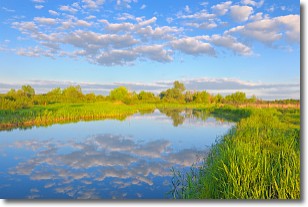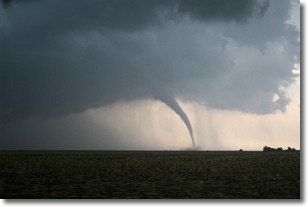Weather Alert in Alaska
Special Weather Statement issued June 30 at 9:48AM AKDT by NWS Juneau AK
AREAS AFFECTED: City and Borough of Juneau
DESCRIPTION: RIVER RISES ON THE TAKU RIVER SEEN ON THE USGS GAUGE INDICATE ALONG WITH PUBLIC REPORTS THAT THE ANNUAL GLACIER LAKE OUTBURST FLOODING EVENT FROM LAKE NO LAKE HAS STARTED. THE RIVER WILL CONTINUE TO RISE STEADILY THROUGH THE NEXT 24 TO 36 HOURS WITH A FORECAST CREST OF 41.9 FEET AROUND 10 AM JULY 1ST. THIS CREST IS JUST BELOW BANKFULL CONDITIONS OF 42 FEET AND BELOW MINOR FLOOD STAGE OF 43 FEET. NO SIGNIFICANT IMPACTS ARE EXPECTED AT THIS TIME. PEOPLE WHO LIVE OR RECREATE ON THE TAKU RIVER OR AROUND TAKU INLET SHOULD REMAIN AWARE OF THE RISING RIVER CONDITIONS AND POTENTIAL HAZARDOUS DEBRIS IN THE WATER. CHECK BACK FOR UPDATES ON THIS EVENT. FOR TAKU RIVER NEAR JUNEAU: AT 9:00AM THE STAGE WAS 37.2 FEET. FLOOD STAGE IS 43.0 FEET. FORECAST: A CREST AROUND 41.9 FEET IS EXPECTED AROUND 10:00AM TUESDAY. IMPACTS: AT 43.3 FEET: THE WATER LEVEL WILL BE AT THE TOP OF THE HILL IN FRONT OF THE HOUSE NEAR THE GAUGE.
INSTRUCTION: N/A
Want more detail? Get the Complete 7 Day and Night Detailed Forecast!
Current U.S. National Radar--Current
The Current National Weather Radar is shown below with a UTC Time (subtract 5 hours from UTC to get Eastern Time).

National Weather Forecast--Current
The Current National Weather Forecast and National Weather Map are shown below.

National Weather Forecast for Tomorrow
Tomorrow National Weather Forecast and Tomorrow National Weather Map are show below.

North America Water Vapor (Moisture)
This map shows recent moisture content over North America. Bright and colored areas show high moisture (ie, clouds); brown indicates very little moisture present; black indicates no moisture.

Weather Topic: What are Stratocumulus Clouds?
Home - Education - Cloud Types - Stratocumulus Clouds
 Next Topic: Stratus Clouds
Next Topic: Stratus Clouds
Stratocumulus clouds are similar to altocumulus clouds in their
fluffy appearance, but have a slightly darker shade due to their additional mass.
A good way to distinguish the two cloud types is to hold your hand out and measure
the size of an individual cloud; if it is the size of your thumb it is generally
an altocumulus cloud, if it is the size of your hand it is generally a
stratocumulus cloud.
It is uncommon for stratocumulus clouds to produce precipitation, but if they do
it is usually a light rain or snow.
Next Topic: Stratus Clouds
Weather Topic: What are Wall Clouds?
Home - Education - Cloud Types - Wall Clouds
 Next Topic: Altocumulus Clouds
Next Topic: Altocumulus Clouds
A wall cloud forms underneath the base of a cumulonimbus cloud,
and can be a hotbed for deadly tornadoes.
Wall clouds are formed by air flowing into the cumulonimbus clouds, which can
result in the wall cloud descending from the base of the cumulonimbus cloud, or
rising fractus clouds which join to the base of the storm cloud as the wall cloud
takes shape.
Wall clouds can be very large, and in the Northern Hemisphere they generally
form at the southern edge of cumulonimbus clouds.
Next Topic: Altocumulus Clouds
Current conditions powered by WeatherAPI.com




